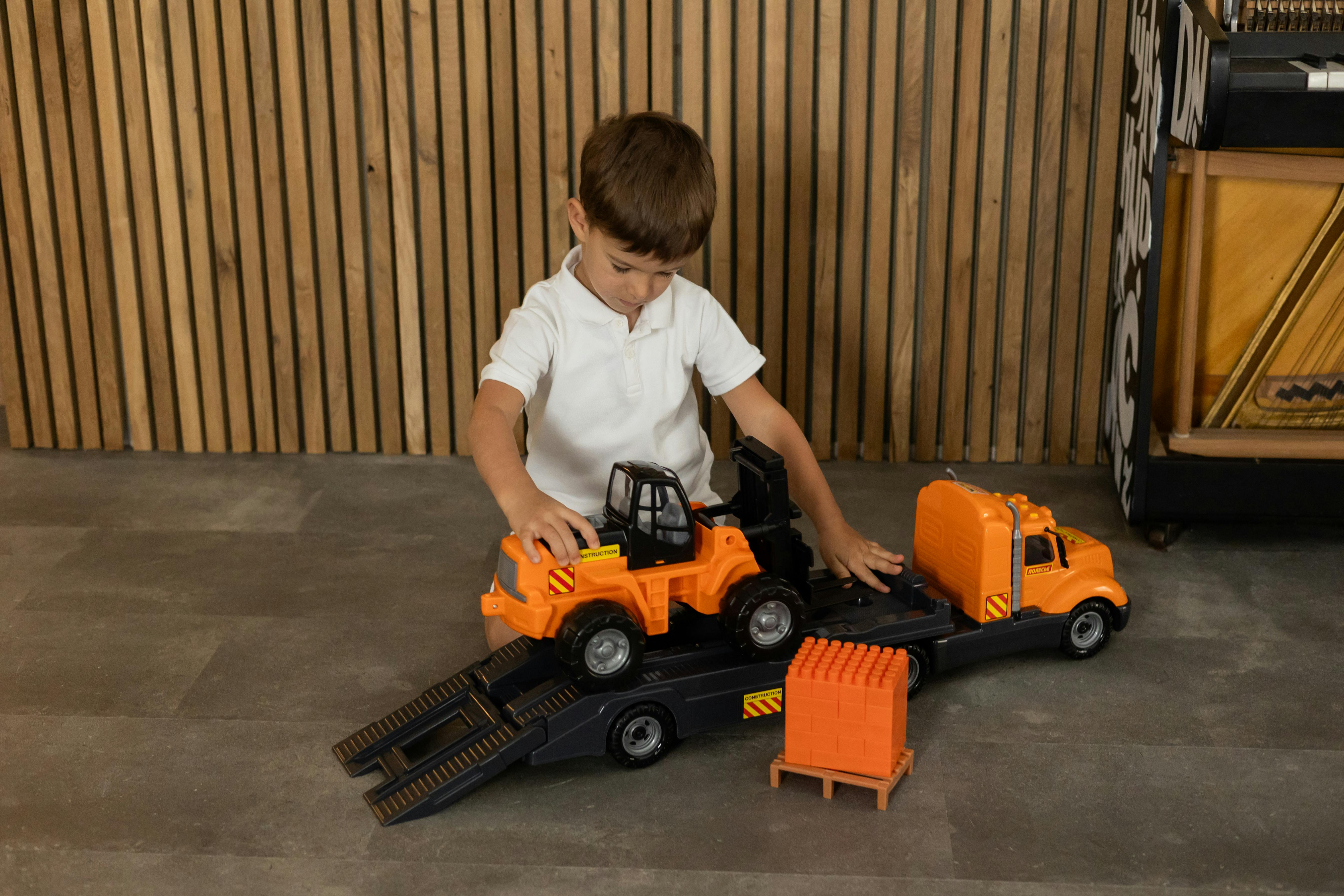Login
Join Free
Toy Craze Saturation: Why Trends Peak & Fade
Every parent has seen it happen. A new toy craze bursts onto the scene, children beg to collect every version, and sales skyrocket. Then, seemingly out of nowhere, the hype fades, interest drops, and the once "must-have" product is pushed aside for the next big thing. From slime to fidget spinners, every toy craze eventually hits its saturation point. But why does this happen?
The answer lies in a simple but powerful equation: time, space, and money. These three factors ultimately determine how far a toy trend can grow, how long it will last, and how much families are willing to invest.
The Natural Saturation Point of Toy Categories
Like any consumer product, toys follow a lifecycle. There is the introduction phase, where early adopters discover the new play pattern. Then comes rapid growth, where word-of-mouth, social media, and playground chatter turn it into a craze. Next is the maturity stage, when sales peak and families who are interested have already purchased. Finally, the craze slows, replaced by another trend.
What separates toys from many other categories, however, is the way time and space act as natural governors on the market's upside. Kids don't just buy toys; they interact with them through hours of play. And toys don't just exist digitally; they take up physical space in homes. Both of these elements create hard limits to how much a family can or will spend on a toy category.
Time vs. Money: The Core Variable
The number one predictor of how much a family will spend on a toy brand is time. The more time a child dedicates to a category, the higher the likelihood that parents will continue investing.
For example, if a child spends only 30 minutes a week playing with a particular doll, parents are unlikely to build out a large collection. But if that same child spends 10 hours a week building elaborate scenes with construction toys, the family sees more value in expanding the collection with accessories, add-ons, and themed sets.
This creates a direct relationship:
-
Play time drives engagement
-
Engagement drives purchase frequency
-
Purchase frequency drives lifetime value
In other words, time is the currency of toy spending.

The Role of Space
Space plays a quieter but equally important role in toy saturation. Parents and children often run into physical limits with certain toy categories.
Take slime as an example. While inexpensive and easy to buy in multiples, slime requires containers, storage, and tolerance for mess. At a certain point, families decide they have enough. The same applies to collectible toys like figurines or diecast cars. Shelves fill up, boxes get stacked, and the collection reaches a size that no longer feels manageable.
For larger-scale systems, such as train sets or dollhouses, space becomes the defining constraint. A child may love the product, but if there's no room in the home for expansion, spending eventually stops.

A Case Study: Thomas Wooden Trains
One of the clearest examples of the time-space-money relationship comes from the Thomas Wooden Railway system. Research conducted by industry teams found that:
-
The average weekly play time for a Thomas Wooden Train player was 10–15 hours.
-
Families that invested in a play table to anchor the system saw play time trend toward the higher end.
-
Over a four-year span, from ages 2 to 6, "heavy users" invested approximately $3,000 into the system.
This shows how increasing time (via play tables) and providing adequate space (a dedicated area for trains) directly increased overall spending. The system thrived as long as children stayed engaged and space allowed the collection to grow. Once either variable hit a limit, saturation followed.
What This Means for Toy Manufacturers and Retailers
Understanding the natural saturation point is not just an academic exercise — it has real implications for how toy companies design, market, and extend their product lines.
-
Design for Time Extension
-
Toys that sustain longer play sessions deliver more lifetime value.
-
Open-ended systems, expandable sets, and evolving challenges encourage repeat engagement.
-
Digital tie-ins, online games, or app connectivity can lengthen a child's interest in the brand.
-
-
Solve the Space Challenge
-
Compact storage solutions, foldable designs, or modular builds help families keep collections manageable.
-
Highlighting portability can make a product more appealing in smaller homes.
-
Expansion strategies should consider not just more pieces, but smarter ways to use space.
-
-
Recognize When a Craze Peaks
-
Retailers should be mindful of overstocking once a toy craze approaches saturation.
-
Brands can plan transitions by introducing new formats or spin-offs to maintain momentum.
-
Observing play time data can predict when a category is losing traction.
-

Beyond Kids: The Rise of Kidults
This framework applies not only to children but also to the growing Kidult market — adults who collect or play with toys. For them, time and space play just as critical a role. A collector may be willing to invest thousands in high-end figurines, but shelf space, display cabinets, and dedicated hobby time still set natural limits.
As the Kidult segment continues to grow, brands that understand and respect these limits will be better positioned to retain loyal customers.
Zhorya's Perspective on Toy Lifecycles
At Zhorya, we've watched toy crazes come and go for more than three decades. From fidget spinners to slime, the same rule always applies: time, space, and money decide when a category peaks. For wholesale buyers, that means two things:
-
You need access to fast-moving trend products while demand is high.
-
You also need reliable evergreen categories that keep generating sales after the craze cools.
This is where Zhorya plays a unique role. With one of the most extensive toy catalogs in China — over 1.8 million items — we help partners balance both sides of the equation. Our wide selection lets you catch the next big trend early, while our long-standing categories like educational toys, RC toys, and ride-on vehicles ensure you're never dependent on a single craze.
By offering customizable options, direct-from-manufacturer sourcing, and toys designed to maximize play time while minimizing space concerns, Zhorya gives retailers and distributors the tools to extend product lifecycles and capture value across every stage of the market.

Conclusion
Every toy craze — no matter how big — has a natural saturation point. But instead of seeing this as an endpoint, smart brands can use it as a guide. By tracking how much time children (or adults) spend with their toys, and how much space households can dedicate, companies can predict both peak and decline.
The real opportunity lies in finding ways to extend engagement, optimize space, and innovate before the craze cools. Toys are not just objects; they are experiences that live within the boundaries of time and space in a child's world.
For distributors and wholesale buyers, working with a partner like Zhorya means having the flexibility to benefit from short-term crazes without being exposed to their inevitable decline. With both trend-driven products and evergreen play systems, Zhorya helps you succeed across the entire toy lifecycle.

 Русский язык
Русский язык 中文
中文